When research began on this subject, we created a list of proven men who attended the initial meeting in Charlotte- dated May 19, 1775. From this list, we studied the lives of these men living near present-day Charlotte, NC. The research included all possible aspects of daily life in the colonial Carolina backwoods. We quickly learned that additional research was needed. In other words, we had to go back in years to study events such as the Tea Act, the Stamp Act, the Battle of Alamance, and other local actions that led up to the initial meeting of May 19, 1775. When we studied the previous years, we determined that British Parliament’s representation for the people living in the western Piedmont sections was literally non-existent. The situation only worsened after the Battle of Alamance in March 1771. We find people everywhere separated from the British government but still striving to co-exist with local law and order. New schools, mills, taverns, everything had to be approved prior to construction after 1771. And since the number of requests was overwhelming, the petitions would not receive a response for years. It seems that this lack of acknowledgment is what we believe was the beginning of the Mecklenburg Declaration. The doors were quickly closing for opportunities, growth and future establishment. In our opinion, as well, lies the ultimate final blow that ignited the people to schedule a meeting in the courthouse of Mecklenburg County. This final blow was the Battles of Lexington and Concord on April 19, 1775. To say that we find it ironic that the meeting was scheduled exactly 30 days from the battle date is something we often consider. At times, dates mean more than just simple dates. But speculation seems to point that news of the battle arrived that day or the day before the meeting. Letters from families living in the northern and middle colonies were shared with neighbors and friends. Rumors spread quickly that trade at the coast was completely cut off and NC Governor Martin was unloading cargos of gunpowder and military forces. The current news enabled people in areas such as Mecklenburg, Tryon, and Cumberland Counties to react in 1775. We see these same actions taken in Halifax, a year later, in 1776.
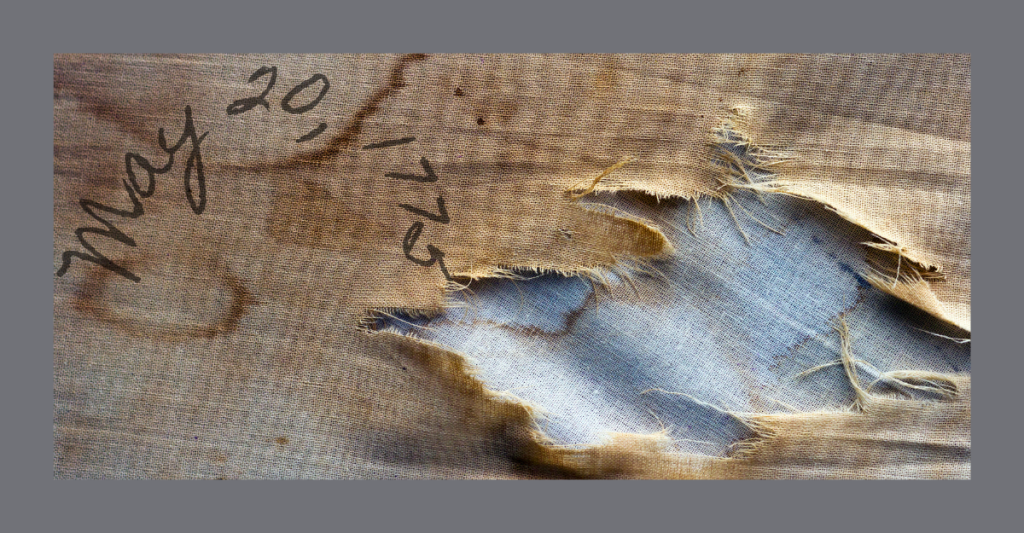
We want to stress that other counties were leaning in the same direction. But these citizens did not outnumber the Loyalist populace living in areas such as Rowan, Surry, Guilford, Anson, and Orange Counties. It’s not until later when the people were no longer afraid to speak of liberty and irrevocable independence. Out of these local Piedmont areas, various community leaders began to emerge, and their voices got louder during the summer of 1775. We began creating new lists, one for each county and, at times, for each community. So, what names are on our first list?
- Captain James Jack
- John McKnitt Alexander
- Thomas Polk
- David Reese
- Matthew McClure
- John Queary
- Waightstill Avery
- Hezekiah James Balch
- Ephraim Brevard
- William Kennon
- Abraham Alexander
- Hezekiah Alexander
- Henry Downs
- Richard Barry
- John Foard
- Neill Morrison
- John Phifer
- Zaccheus Wilson
As you can see, the names are those who were proven to be in attendance at the initial meeting, dated May 19th, 1775, with the exception of Captain Jack. Many of these men were active attorneys such as Waightstill Avery, and Ephraim Brevard. Many of them were related such as the Alexander brothers, Abraham, Hezekiah and John. I think it’s safe to say that all of them were opportunists. They had a vision for the future of Mecklenburg County and the opportunity door being closed by Parliament was no longer acceptable.
Later in our research, we added a very interesting list. The lineup contains persons of questions or doubt. Each pertains to the Mecklenburg Declaration investigation in some fashion. We wanted to jumpstart your enthusiasm and entice your interest in how these gentlemen fit into the puzzle. Remember, former events mixed with the people point us in the right direction. All of these individuals play a significant role with our final analysis. So, what persons of interest appear on this roster and who are they?
- Richard Caswell-(1729-1789)-NC Representative Continental Congress 1774 1775
- Joseph Hewes-(1730-1779)-NC Representative Continental Congress 1774 1775 1776
- John Penn-(1741-1748)-NC Representative Continental Congress 1775 1776 1777 1778 1779
- William Hooper-(1742-1790)-NC Representative Continental Congress 1775 1776
- George Tucker-(1775-1861)-Author of first biography of Thomas Jefferson-personal acquaintance of Jefferson-employed at University of Virginia in 1825
- Andrew Stevenson-(1784-1857)-Politician, Minister to United Kingdom-1834-1841
- Thomas Jefferson-(1743-1826)-US President, primary author of Declaration of Independence
- Josiah Martin-(1737-1786)-NC Governor 1771-1776
- William Tryon-(1729-1788)-NC Governor 1764-1771 NY Governor 1771-1777
- Hugh Williamson-(1735-1819)-Military Physician, Scholar, Politician
- William Richardson Davie-(1756-1820)-Revolutionary War Soldier-NC Governor-founder of the University of North Carolina
The actions and connections between those listed and the Mecklenburg Declaration are fascinating. The miles of correspondence and unraveling of the mystery is another adventure for us to the past. We are reminded of a letter written by John Adams to Thomas Jefferson, dated August 24, 1815. In the letter, Adams offers a comment about the American Revolution. He says, “As to the history of the Revolution, my Ideas may be peculiar, perhaps Singular. What do We mean by the Revolution? The War? That was no part of the Revolution. It was only an Effect and Consequence of it. The Revolution was in the Minds of the People, and this was effected, from 1760 to 1775, in the course of fifteen Years before a drop of blood was drawn at Lexington. The Records of thirteen Legislatures, the Pamphlets, Newspapers in all the Colonies ought be consulted, during that Period, to ascertain the Steps by which the public opinion was enlightened and informed concerning the Authority of Parliament over the Colonies.” 1 When Adams makes his point, we think of the spirit of the people in all of the colonies. Not just in Massachusetts or North Carolina but all thirteen. Adams was right in saying that the Revolution was in the “minds of the people.” Look at the citizens of Boston and take a closer look at the people of Mecklenburg and Tryon. You can see by the Resolves of both that they needed to make a stand and make their ideas known first. Mecklenburg citizens collected crops, cattle, and other items to send to the people in Massachusetts. They decided to stand together with a colony situated over 840 miles away. That in itself is a Declaration.
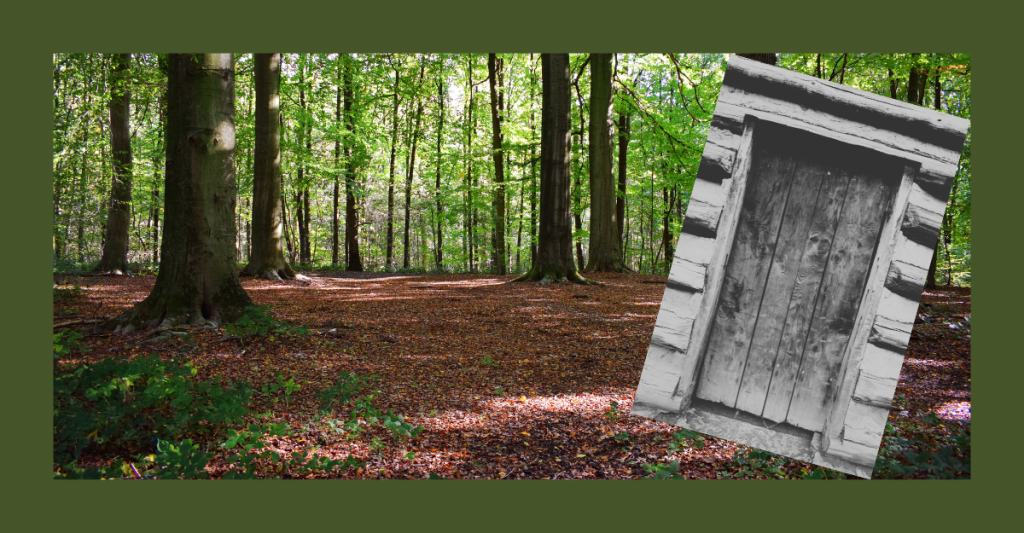
As we move closer to revealing our findings and thoughts, you will see how each person on our list has a spot in the puzzle. When one door closes, another opens. We have found that truth in every investigation we’ve conducted.
Stay tuned for the next segment in the series! Until then, Enjoy Your Journey to the Past!
- Letter from John Adams to Thomas Jefferson dated August 24, 1815-https://founders.archives.gov/documents/Jefferson/03-08-02-0560 ↩︎
Categories: American Revolutionary War, Featured Articles, North Carolina



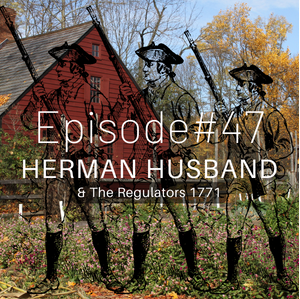
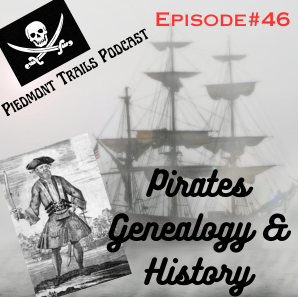
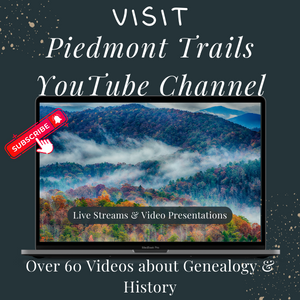





Permissions for mills and taverns date back well before the Revolution and they continued without interruption afterwards through the antebellum period–even to the present day. The first tavern bonding law in North Carolina dates to 1715, and it was enacted by the Governor and Council. It continued a very old English practice. The milling regulations were enacted the same year in North Carolina. They were not instituted by act of Parliament, and they were highly necessary.
Taverns and mills could be a public nuisance. The millponds had an impact on other property holders nearby and the competition upon other local millers. The dams affected fishing and water access downstream. Millers had to be honest in their weights and measures. They were also dangerous contraptions if not properly maintained. More than a handful of people met their deaths in the milling apparatus. Taverns could become houses of disrepute or disorderly houses and affect the entire surrounding community. Rates for meals, spirits, and accommodations were fixed by county courts to prevent gouging.
Schools were rare as hen’s teeth in the colonial period. They weren’t public, and they weren’t regulated. Citizens paid the teachers and exercised local control. Many were associated with churches. The first public schools were instituted in North Carolina in the 1830s and 1840s. Colleges like William and Mary received royal charters, but there wasn’t one in North Carolina until after the Revolution.
The regulatory state has a long history. And in this case, the state was of the local variety—the justices of the peace who were part of the community had jurisdiction here—not New Bern or London. I don’t think any of these matters or the dilatory nature of issuing licenses had anything to do with the Revolutionary War. Because it didn’t take very long to issue them for the most part. The court records are full of licenses and regulations.
LikeLiked by 1 person
Thank you so much for your comments. As we continue to reveal our discoveries concerning the Mecklenburg Declaration, we hope to share examples of how certain court proceedings changed in specific Piedmont areas after May 1771. Thomas Polk will be featured on an upcoming segment in this series and his actions and opinions offer fine examples concerning local petitions, land disputes, the Vestry Act and the denied petition for Queen’s College that he was promised by Governor Tryon. Of course, Polk is not the only voice concerning these issues. There are many others. When researching the actions that led up to the American Revolution, many different factors come into play. We really enjoy researching all of the details and we love sharing our discoveries. Thanks again for your comments and we wish you will with your journey to the past.
LikeLike
Larry, your comments on mills and taverns, is very interesting and informative. I was hoping I could ask for some advice based on your knowledge of mills. In the book “Sidelights on William’s Family History”, author Carl Williams, states Azariah Horser built a mill (in North Carolina) on Little River which changed the course of the river. He states this is documented but does not identify this document. For many years I have tried to find any documentation of this event. If I knew where the river changed course, then I would know exactly where he lived. After reading your comments above, I was hoping you might be a great resource to help me solve this mystery. My email is hoseyso@comcast.net if you want to contact me………Thanks……….Steve Hosey
LikeLike
Mr. Cates I am very impressed by your obvious knowledge of mills and taverns in NC. After reading your comments I thought of my own ancestral line and was hoping you could help me solve a mystery that has stumped me for many years. In researching the Horser/Hosey ancestral line from North Carolina I came across a book called the “Sidelights on William’s Family History”, written by Carl Williams in 1940. It can be found on the internet at #37 – Sidelights on Williams family history / by Carl Williams – Full View | HathiTrust Digital Library. In this book on page 25 it states that “Azariah Horser (1724 – 1772)” built a mill on (Lower) Little River near Fayetteville, which changed the course of the river. He states this is documented but does not say where. Based on your knowledge of documentation associated with mills, I was hoping you could give me some insight or guidance of how to verify Carl Williams’ comment. If I knew where the river changed course, then I would know exactly where the mill was located. Is there a way you can help me solve this mystery? Thanks……….Steve
LikeLike
I am related to Ephraim Brevard, through his father John Brevard. John McKnitt Alexander is kin through Ephraim Brevard’s grandmother Katherine McKnitt. Several Brevards married Alexanders. The British burned John and Jane Brevard’s home because they gave “seven sons to the Revolution”. John was too old to fight.
LikeLiked by 1 person